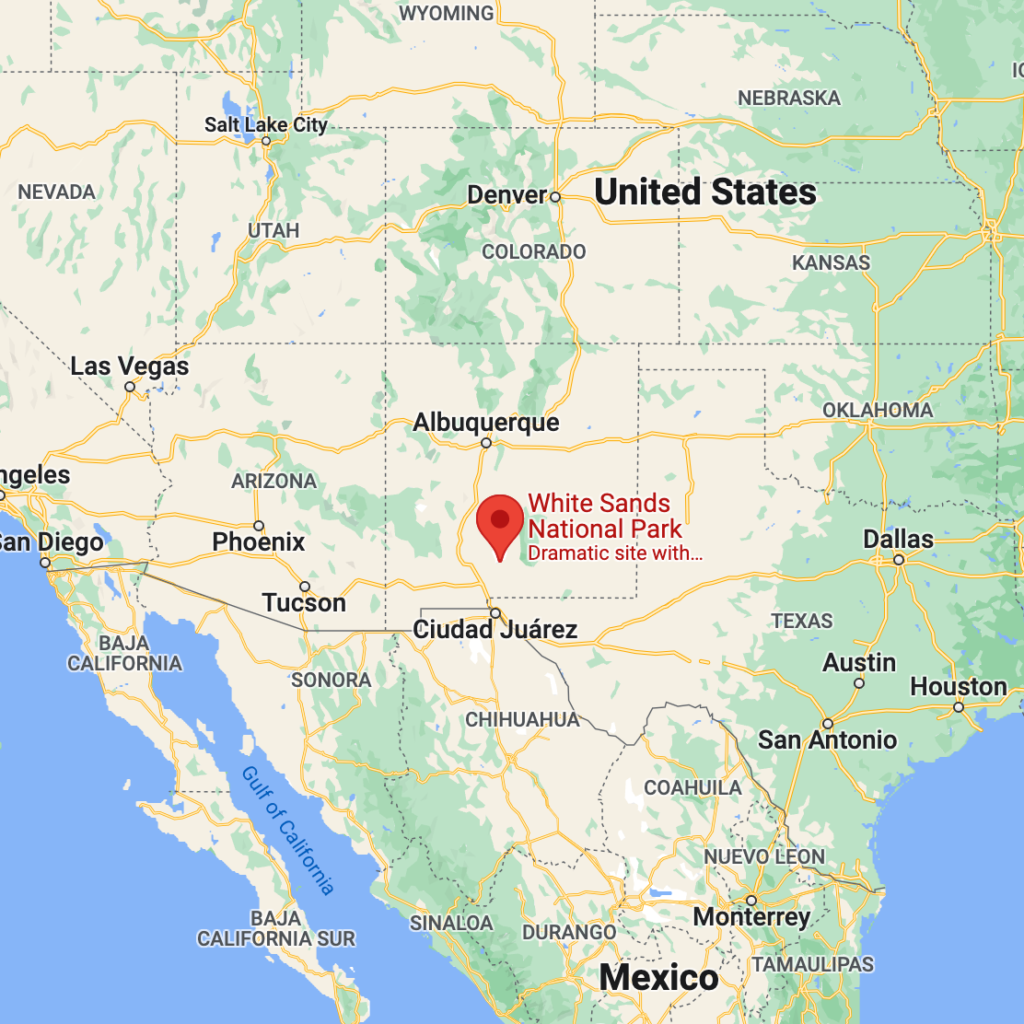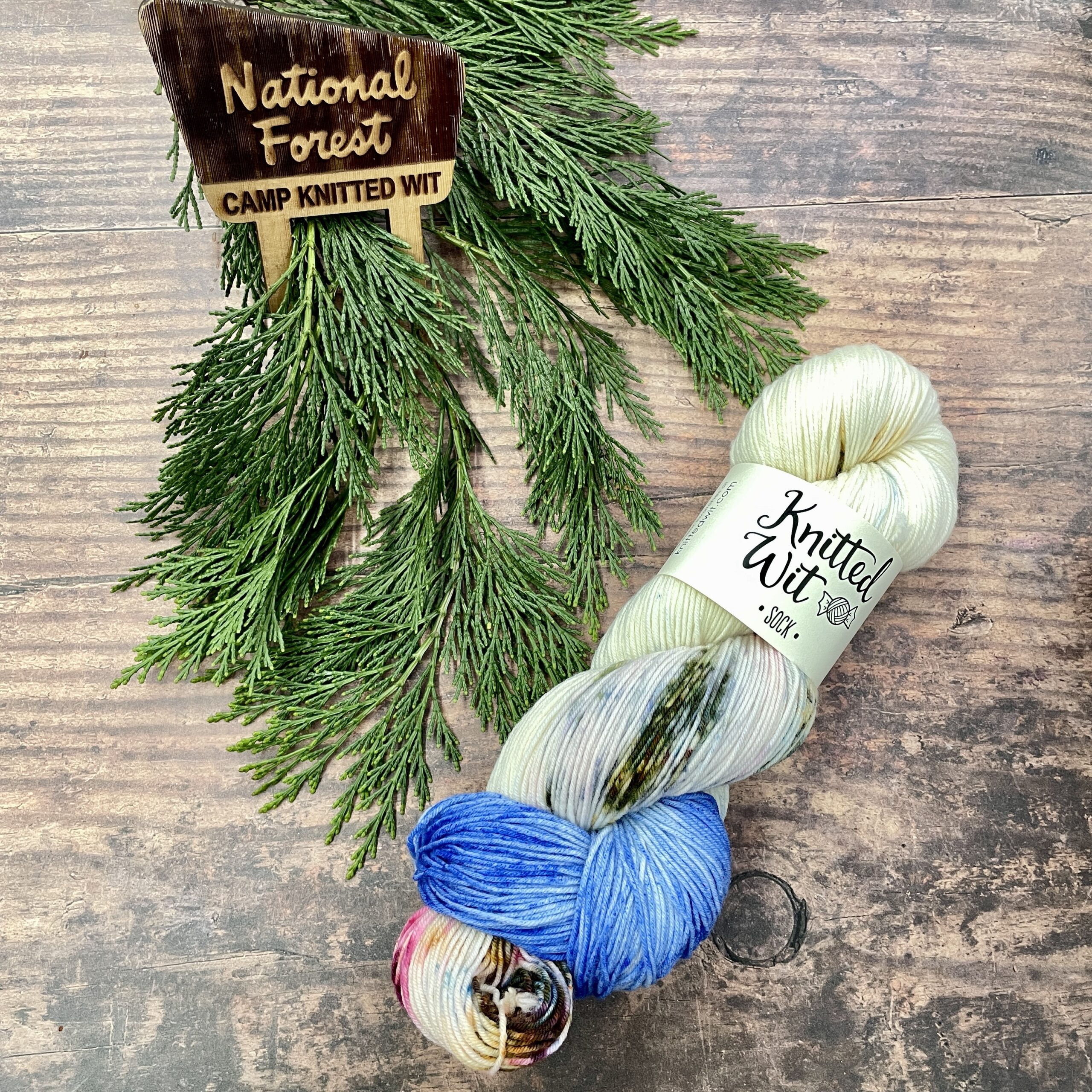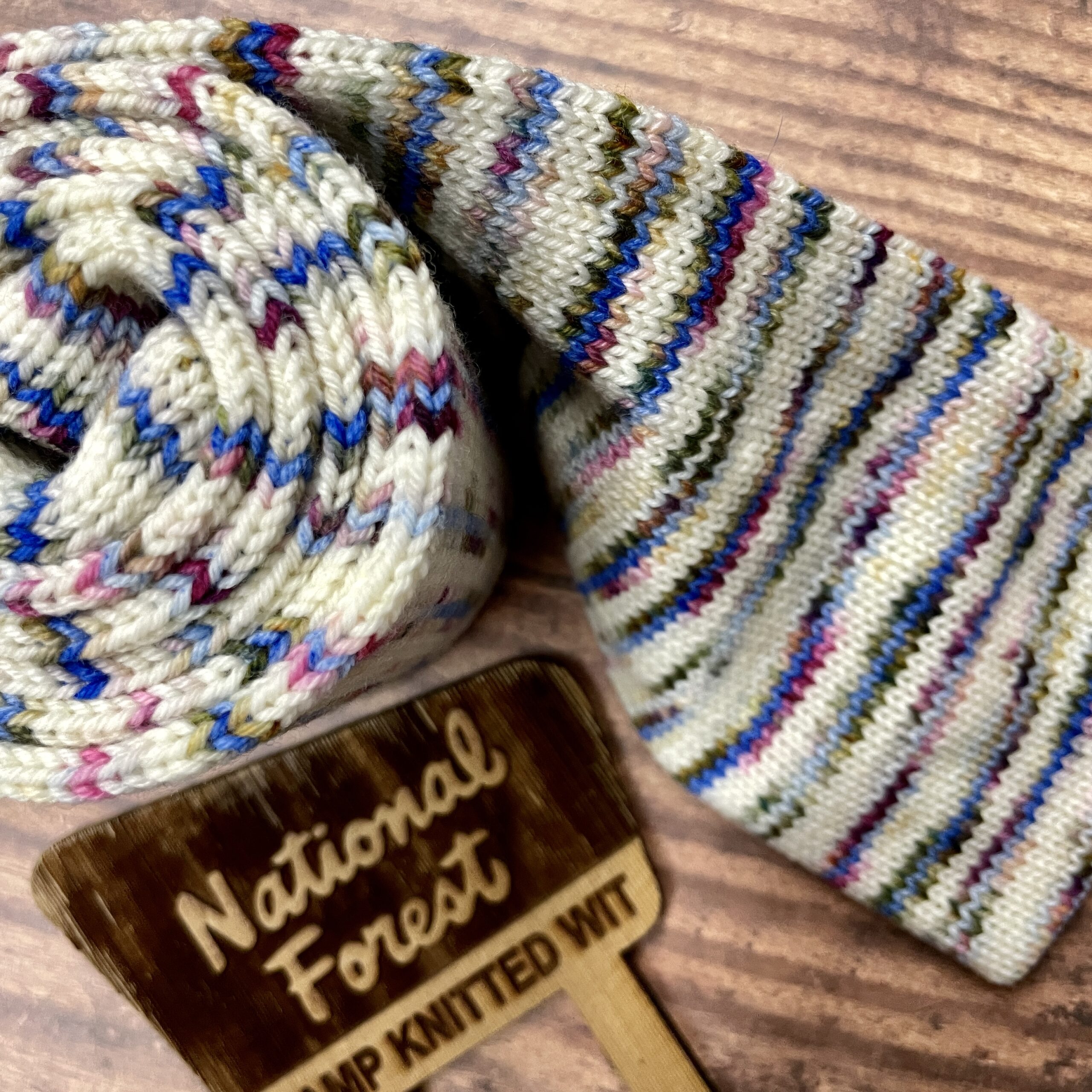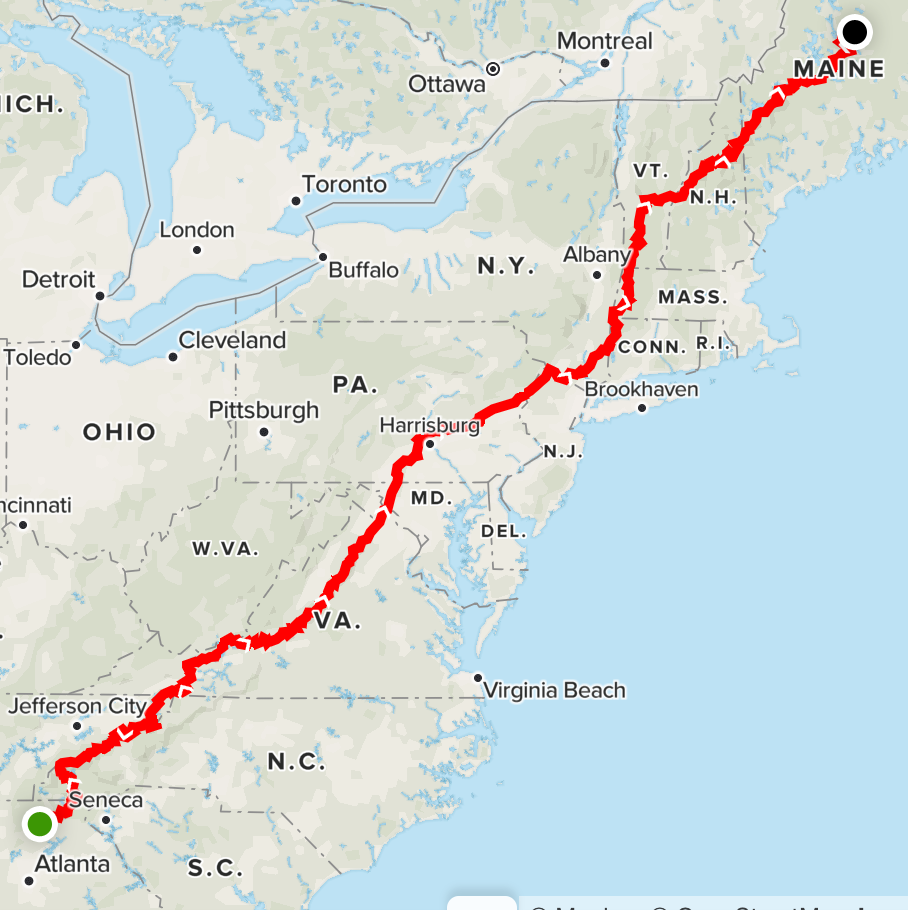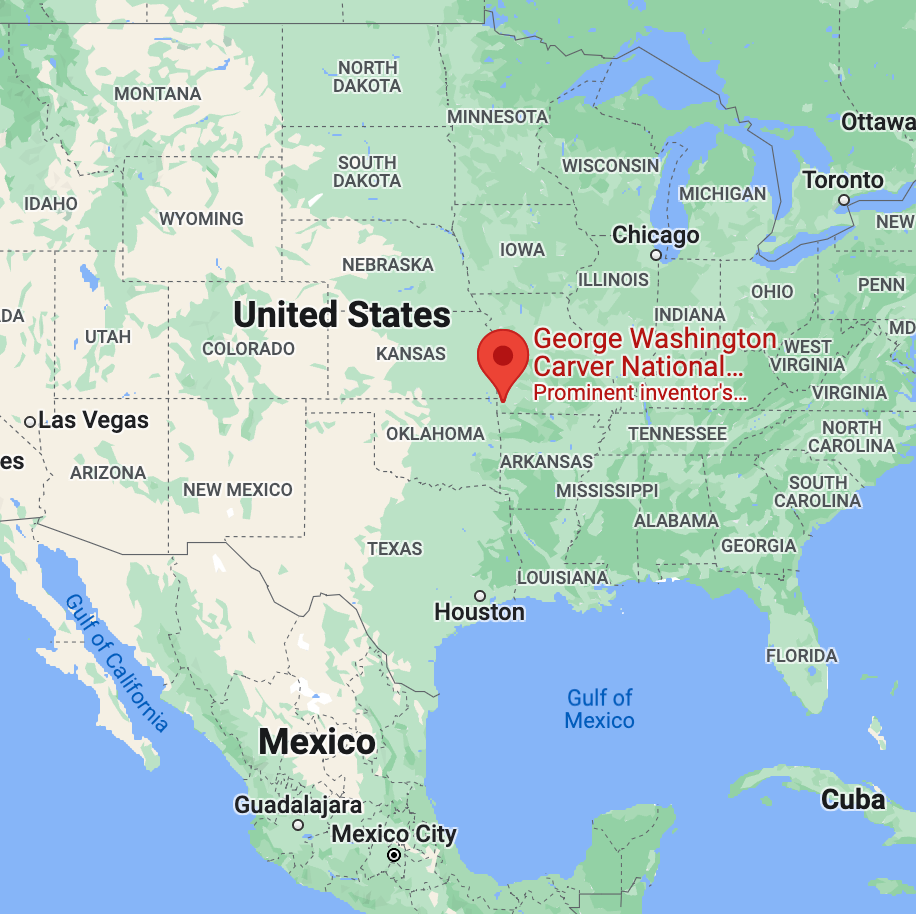It’s time for the annual National Parks Club/KAL!
Every month from May-August, we’ll be releasing 4 new parks colorways. We have almost exhausted all of the traditional US National Parks, so this year, we’ll be showcasing other National Parks areas, such as National Recreation Areas, Heritage sites, etc. Featured parks will fall under one of 4 categories:
- National History – Eastern USA
- National History – Western USA
- Indigenous Culture
- Human Rights Leaders/notable people
Check out our Socks and Hats on Vacay/Staycay summertime KAL with our friend Shannon Squire, too: https://shannonsquire.com/socks-hats-on-vacay-2022/
Thanks for exploring parks and making socks with us once again this summer! To get your yarn, check out our list of LYS’s offering National Parks (Parks yarn will ONLY be available at our LYS partners through the summer): https://knittedwit.com/parks-2022/
And, to play our new-to-2022 Vacay Bingo game, head in to your participating LYS and grab a gameboard or download it here: https://knittedwit.com/parks-2022/
Where is it located?
The southeast flank of the Uinta Mountains on the border between Colorado and Utah at the confluence of the Green and Yampa rivers.

Whose land does it reside upon?
The Fremont people lived and roamed through this land starting about a thousand years ago, and left both petroglyphs and pictographic evidence. Their descendants live in this area today. They moved through the area, following flora and fauna through the seasons.
When was it established?
October 4, 1915
About this park:
Dinosaurs once roamed here. Their fantastic remains are still visibly embedded in the rocks. Today, the mountains, desert, and untamed rivers flowing in deep canyons support an array of life. Petroglyphs hint at earlier cultures.
Fremont designs include both petroglyphs (patterns chipped or carved into the rock) and pictographs (patterns painted on the rock). Pictographs are relatively rare here, perhaps because they are more easily weathered. Some petroglyphs show traces of pigment, possibly indicating that many designs originally included both carved and painted areas. Many sandstone cliffs darkened with desert varnish, a naturally formed stain of iron and manganese oxides, provided an ideal canvas for carving petroglyphs.
Colorway Inspiration:
For our inspiration, we used this image of the pictographs found in the Deluge Shelter: https://www.nps.gov/media/photo/gallery-item.htm?pg=1826956&id=679244B3-155D-451F-67837C10D0EBA307&gid=678FAEE7-155D-451F-6709C8C58EBD1868



For more information:
- NPS website: https://www.nps.gov/dino/index.htm
- Instagram: https://www.instagram.com/DinosaurNPS/
- Facebook: https://www.facebook.com/DinosaurNPS




